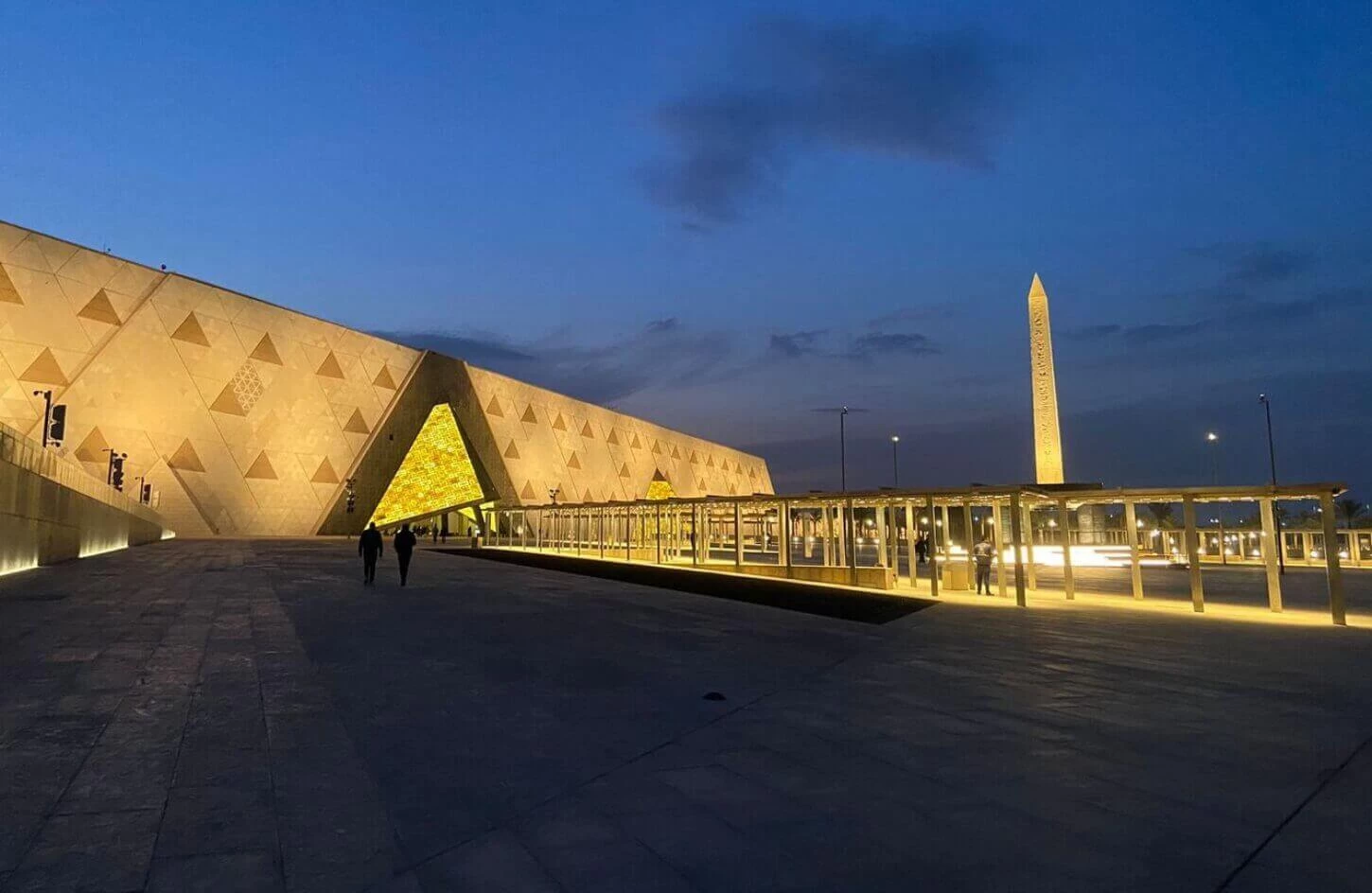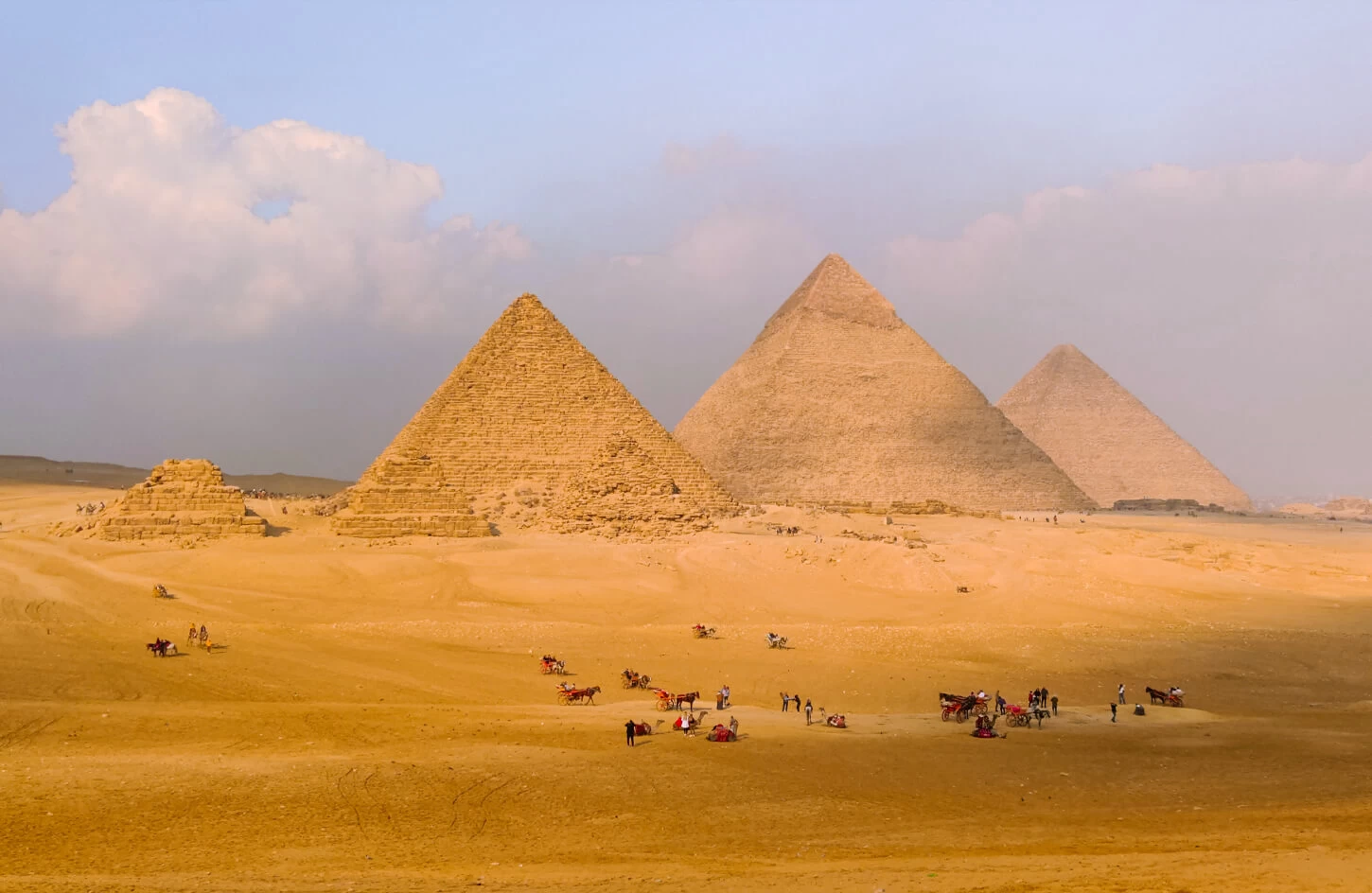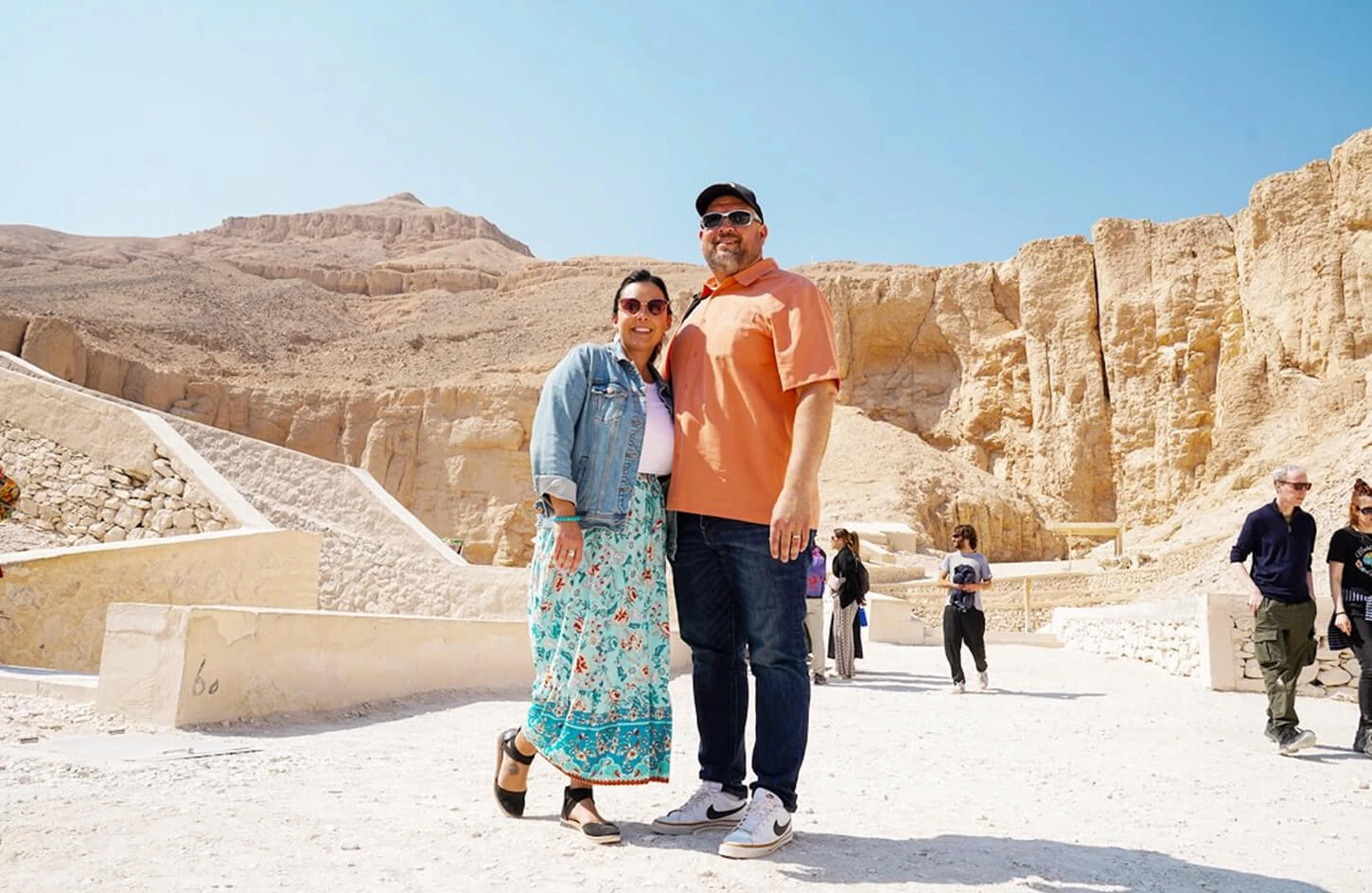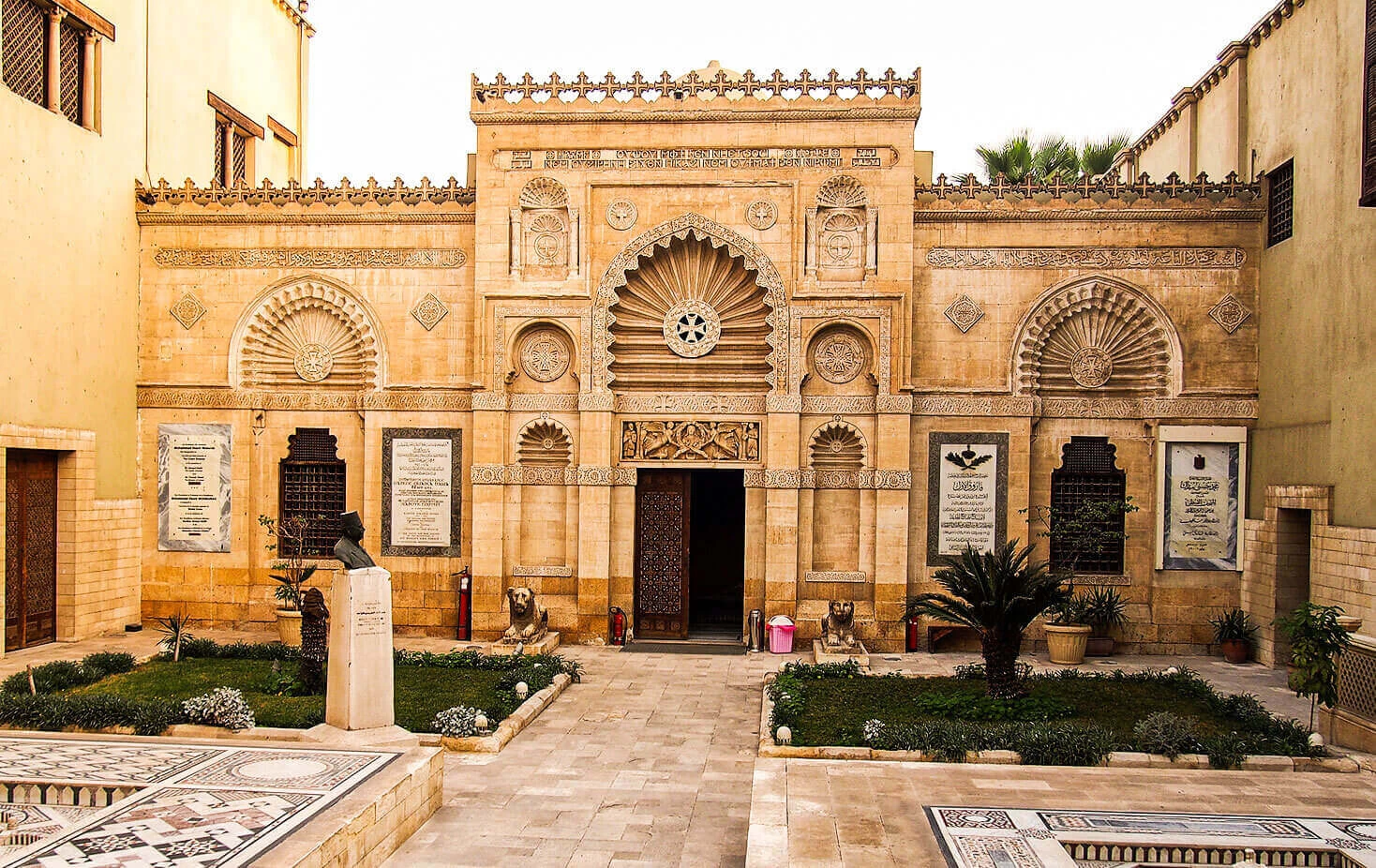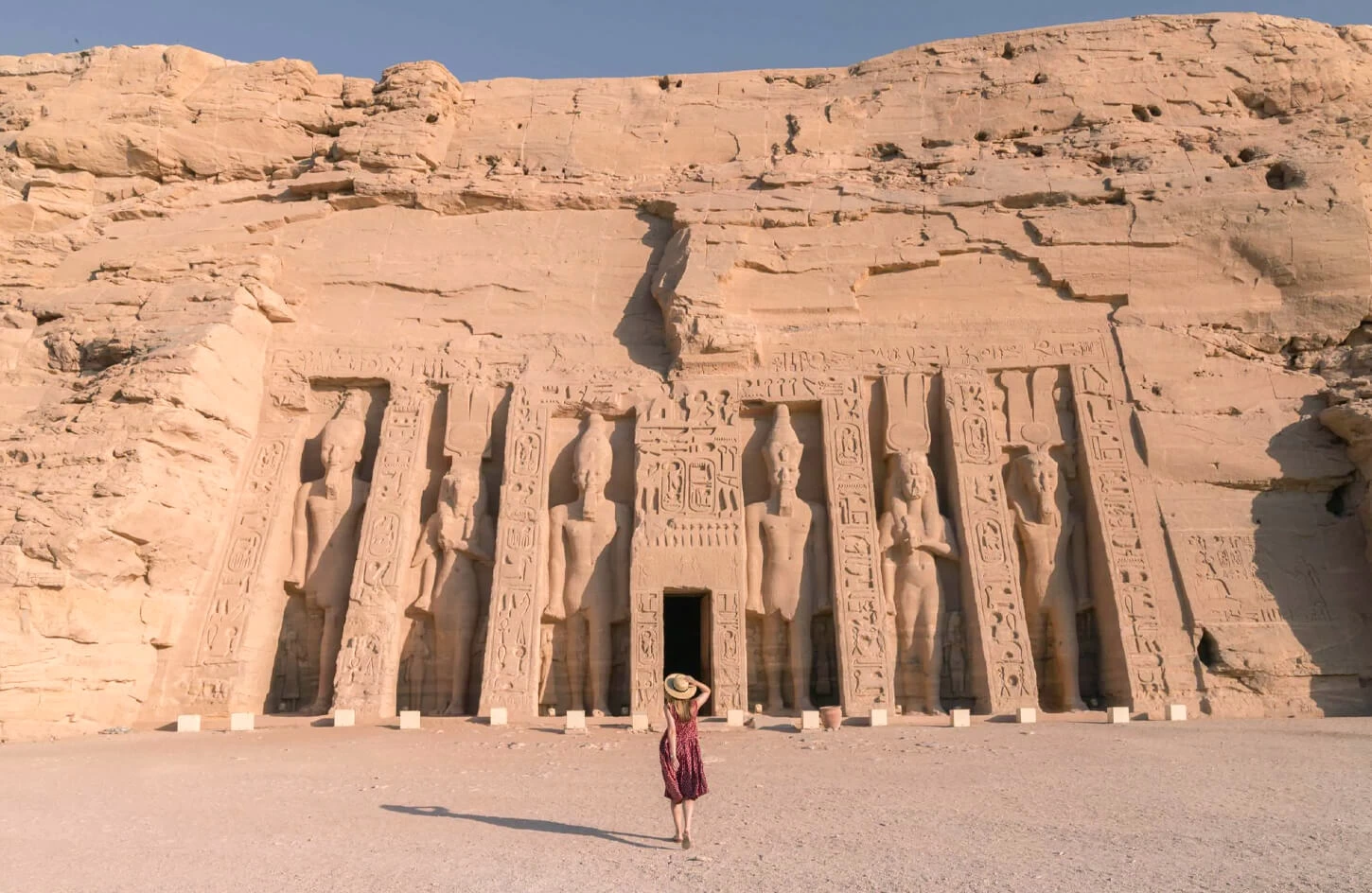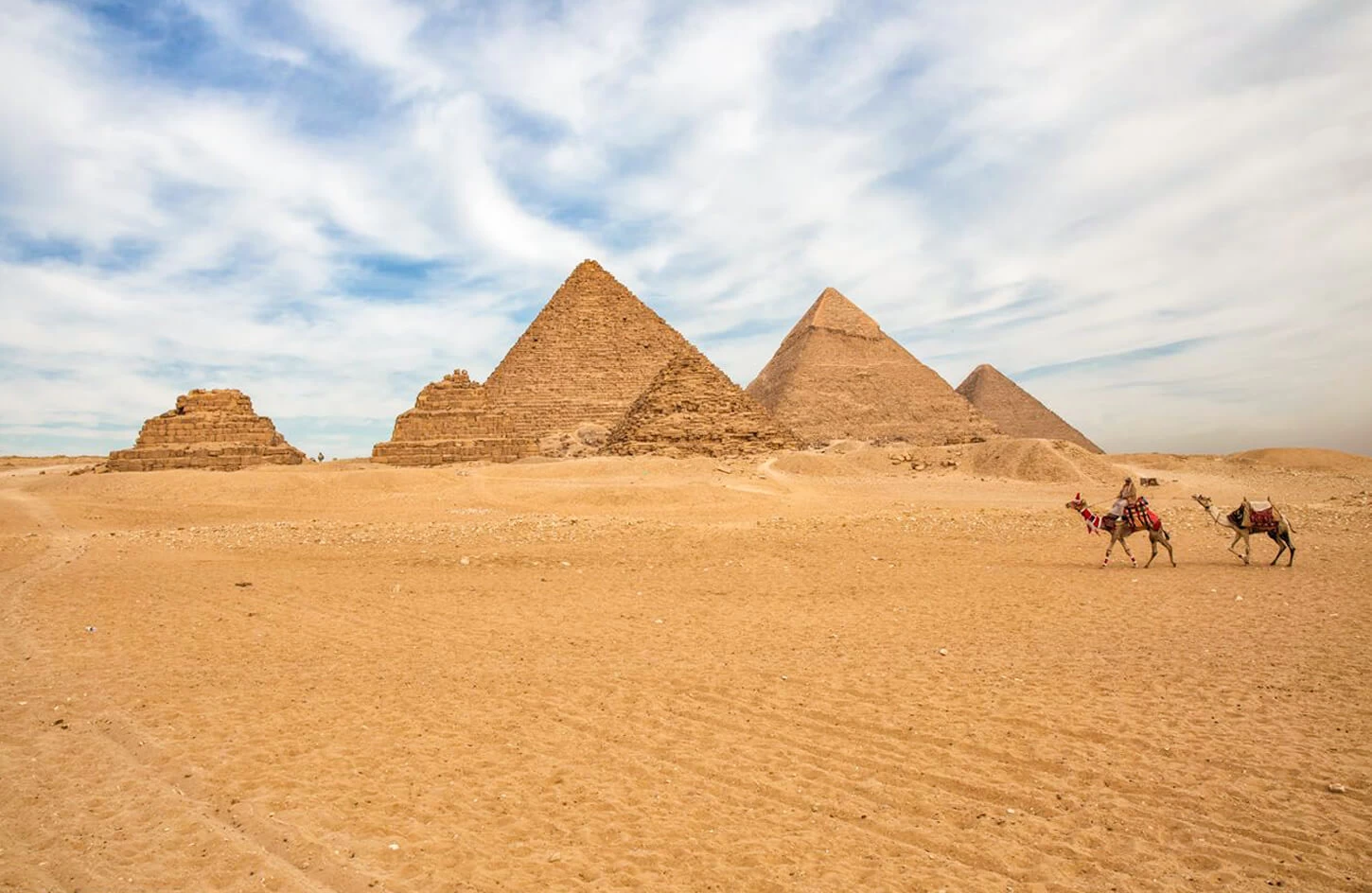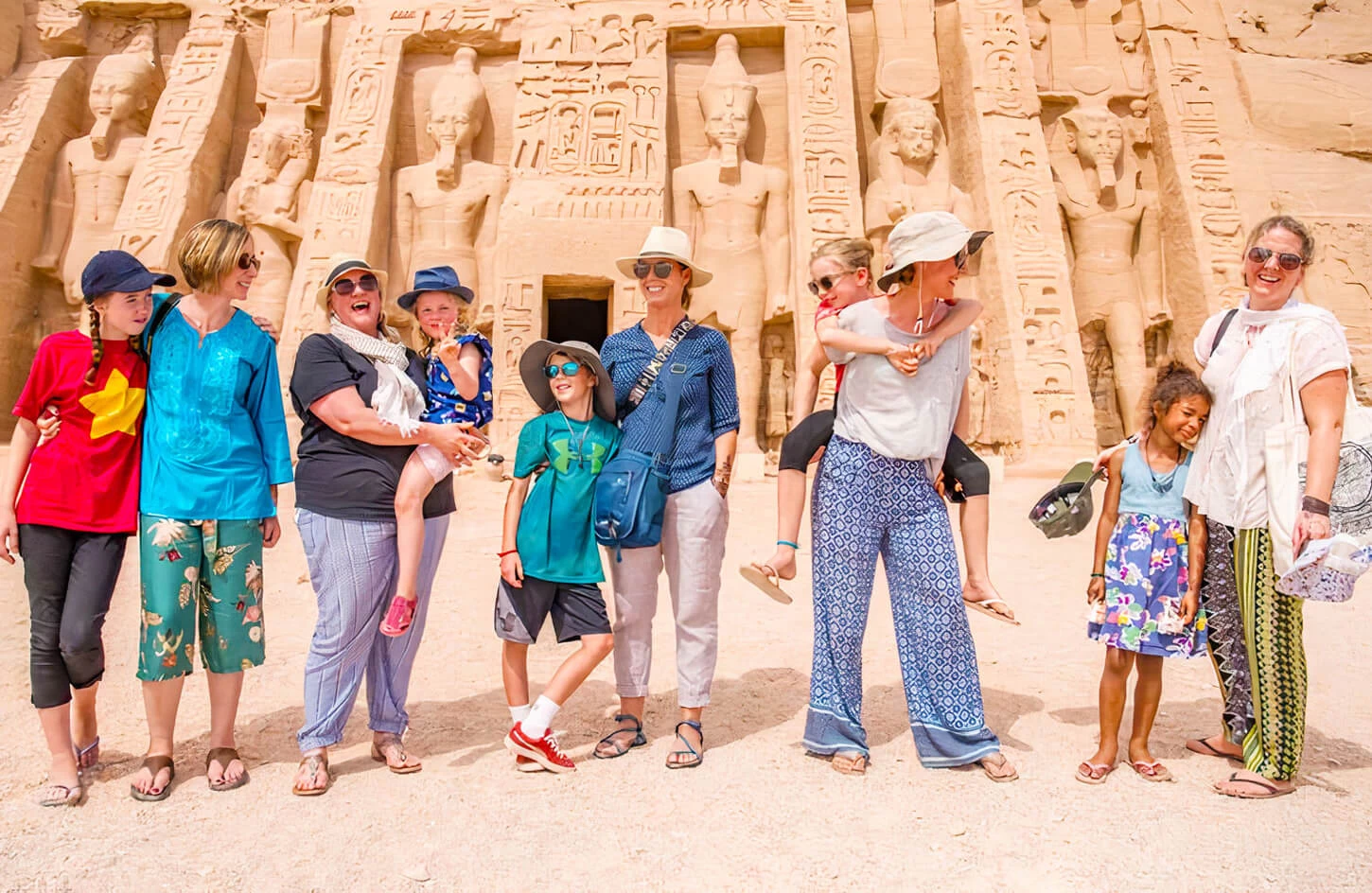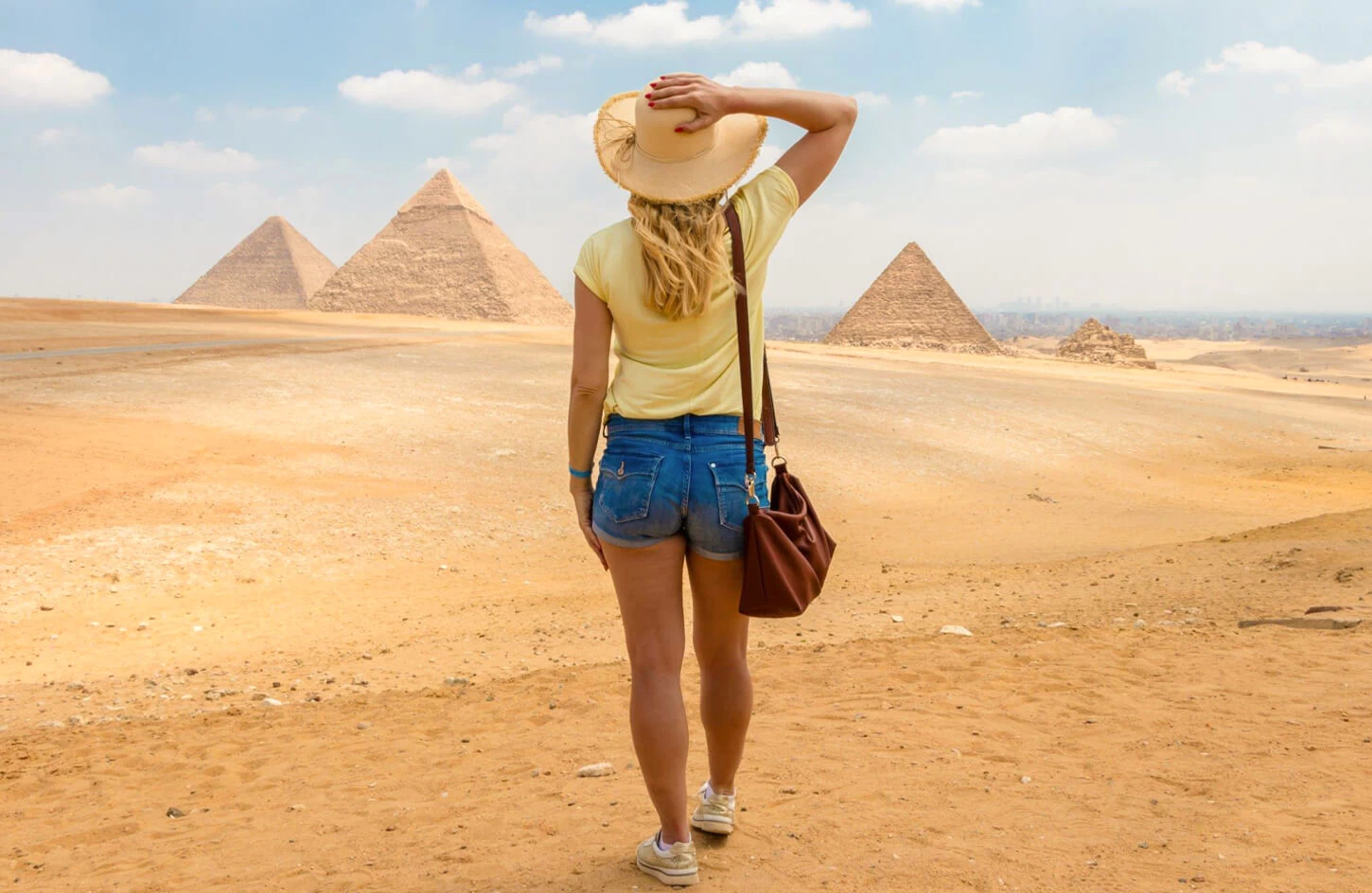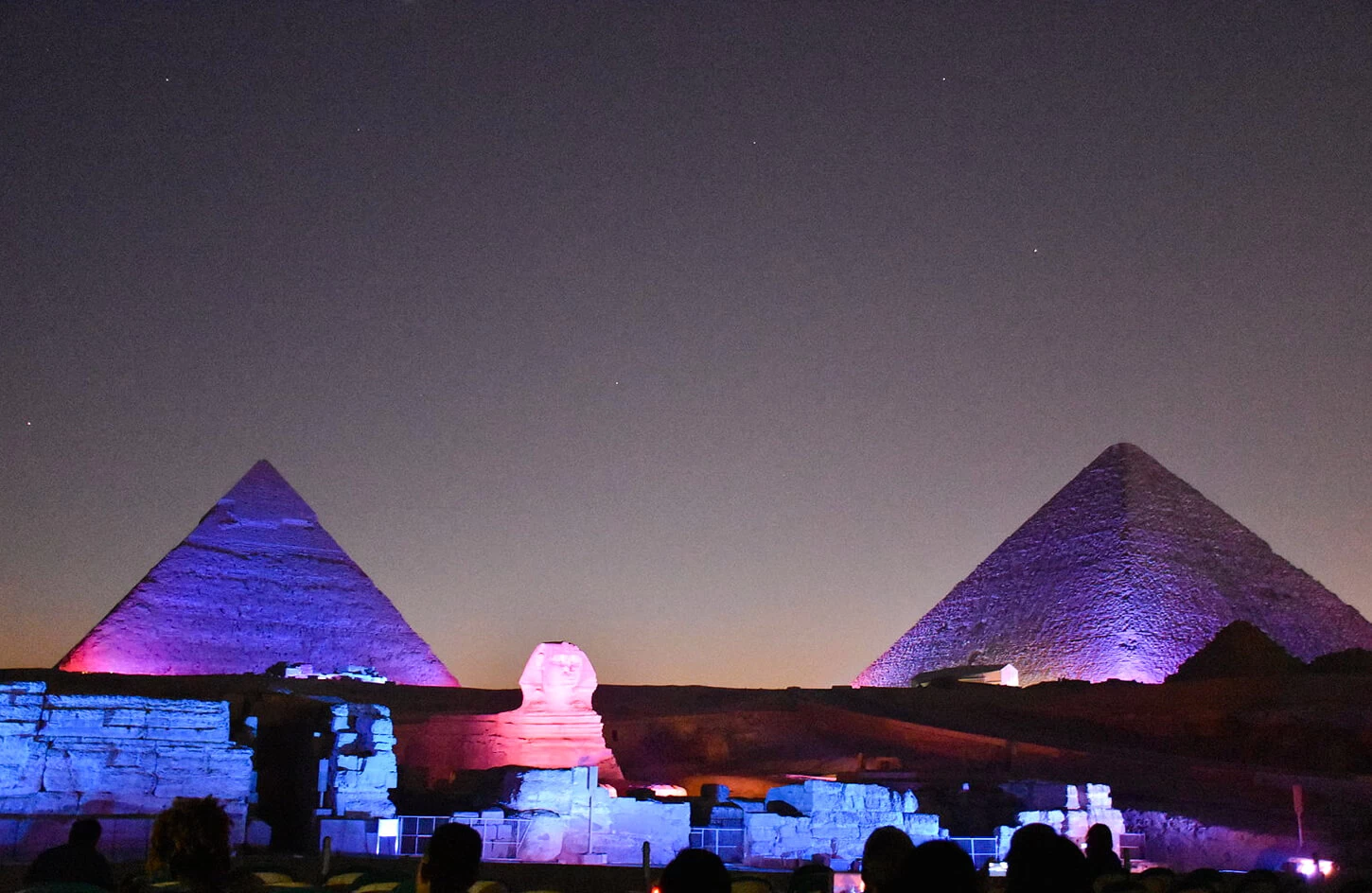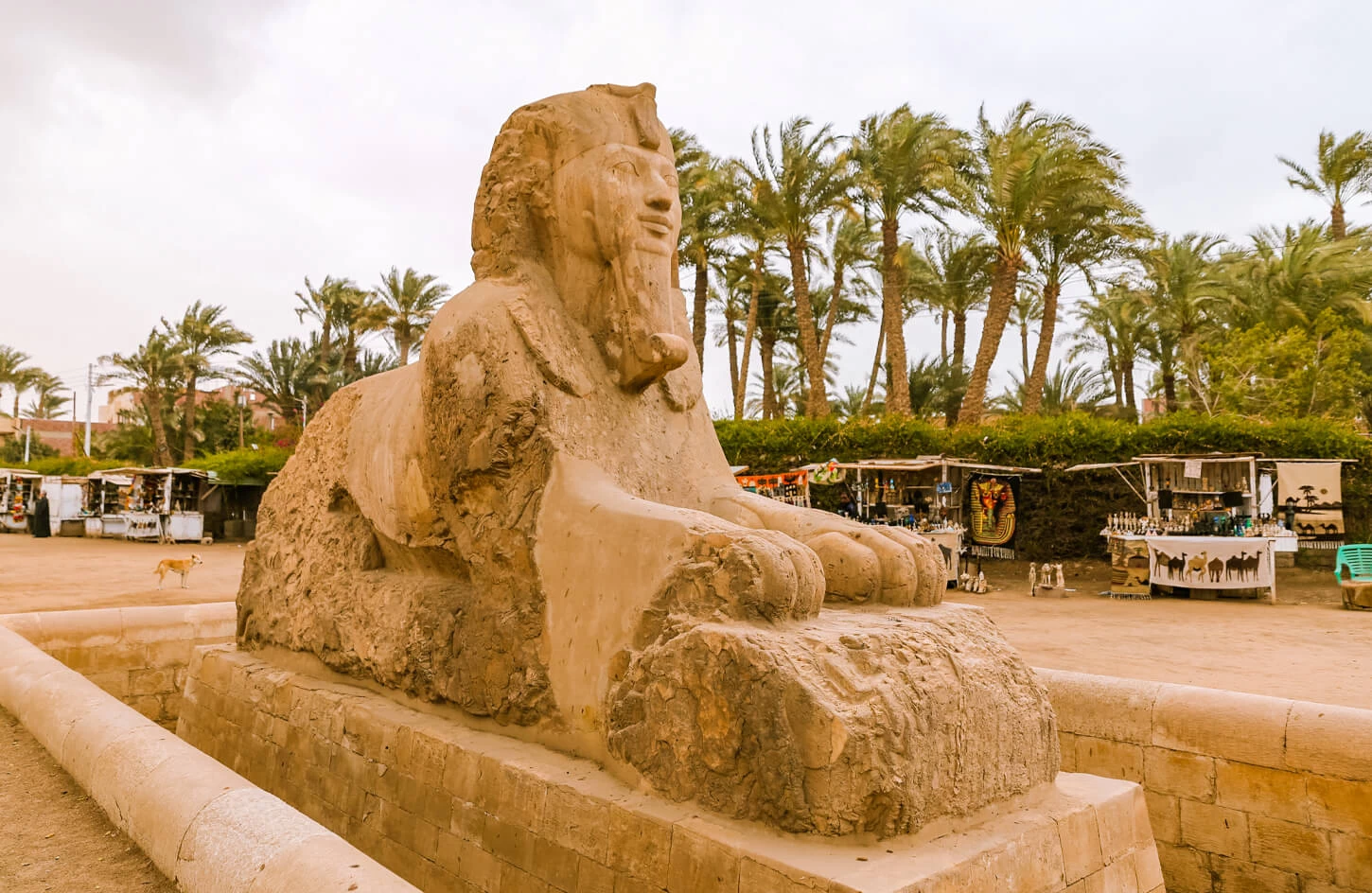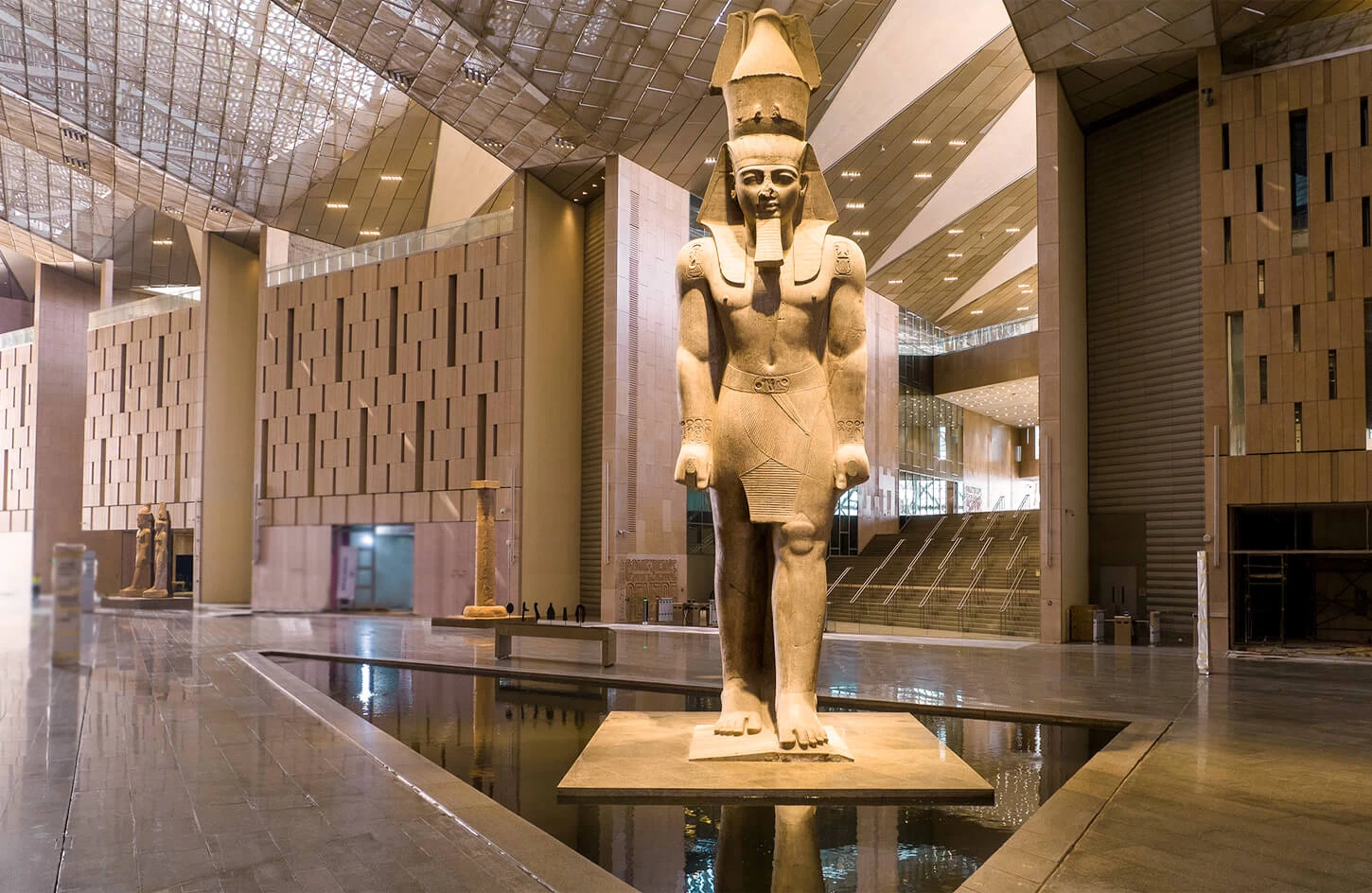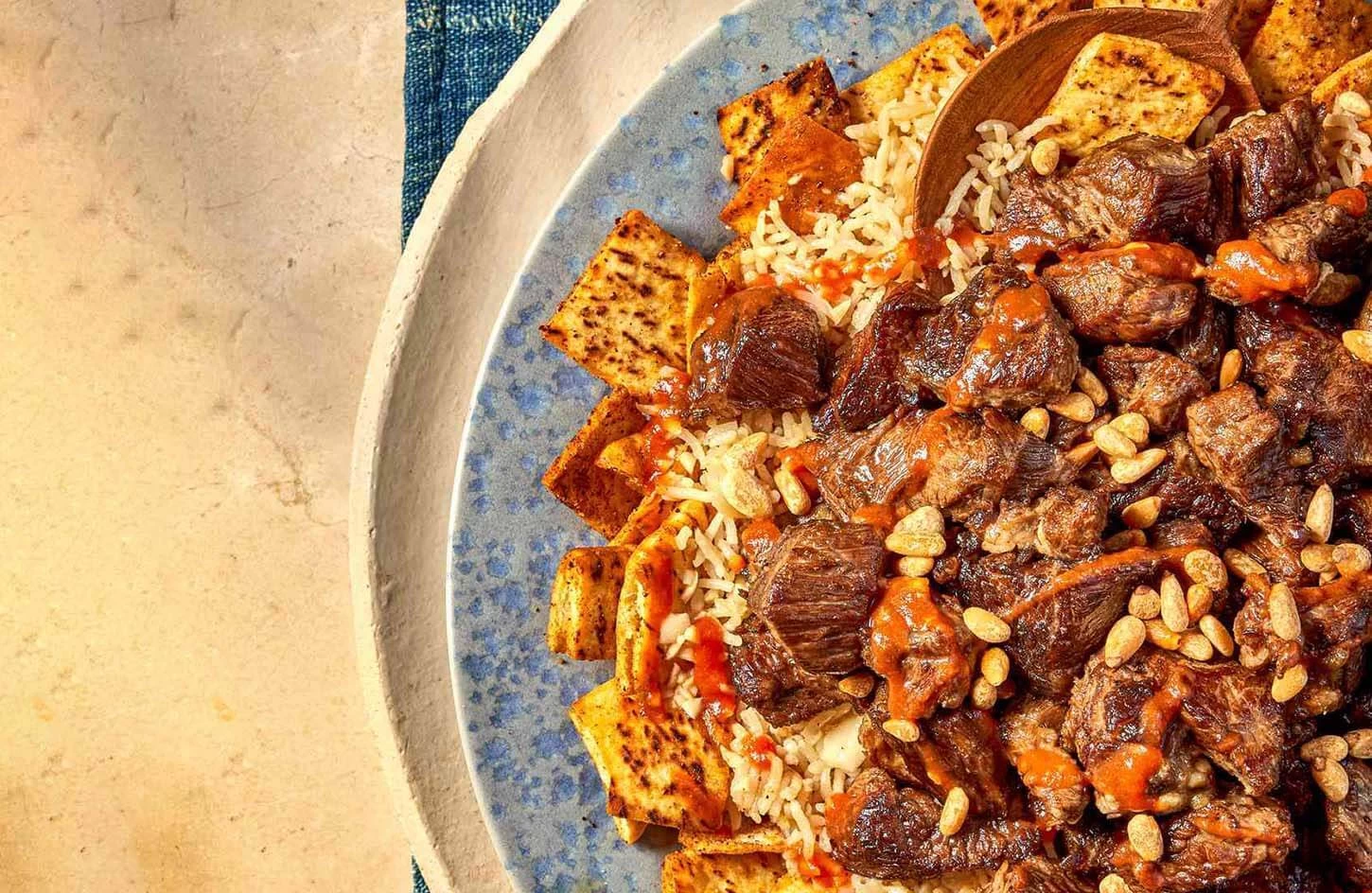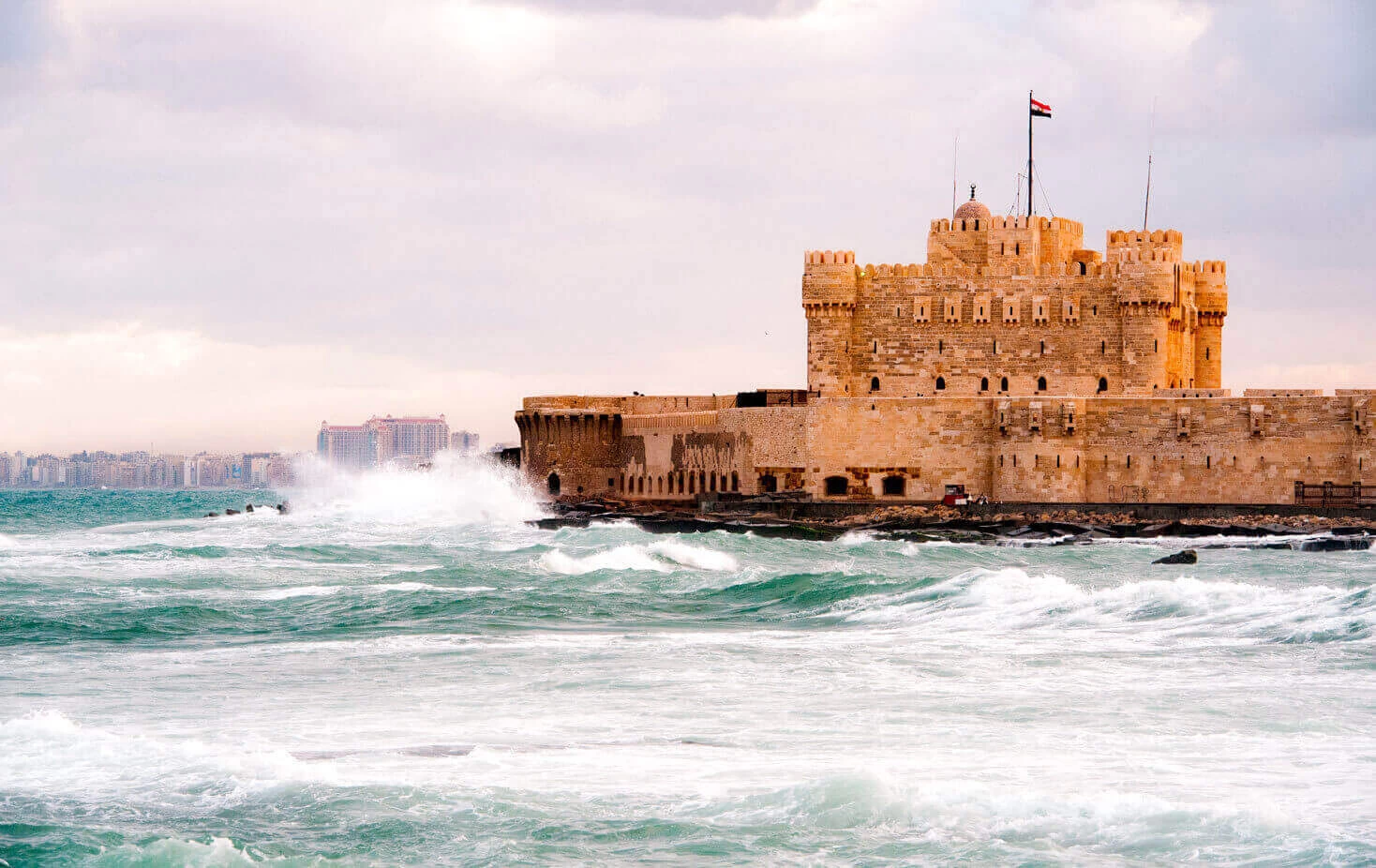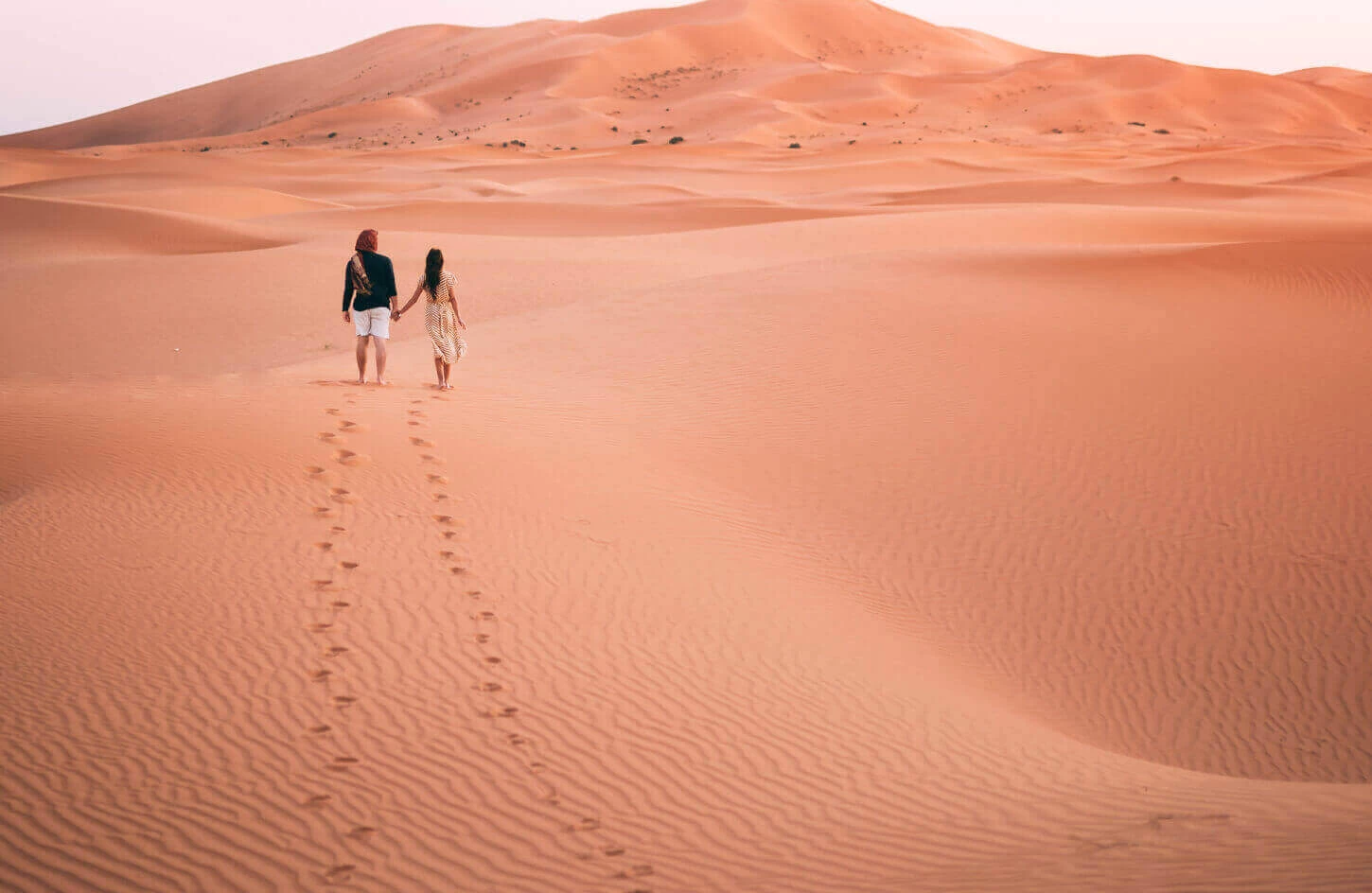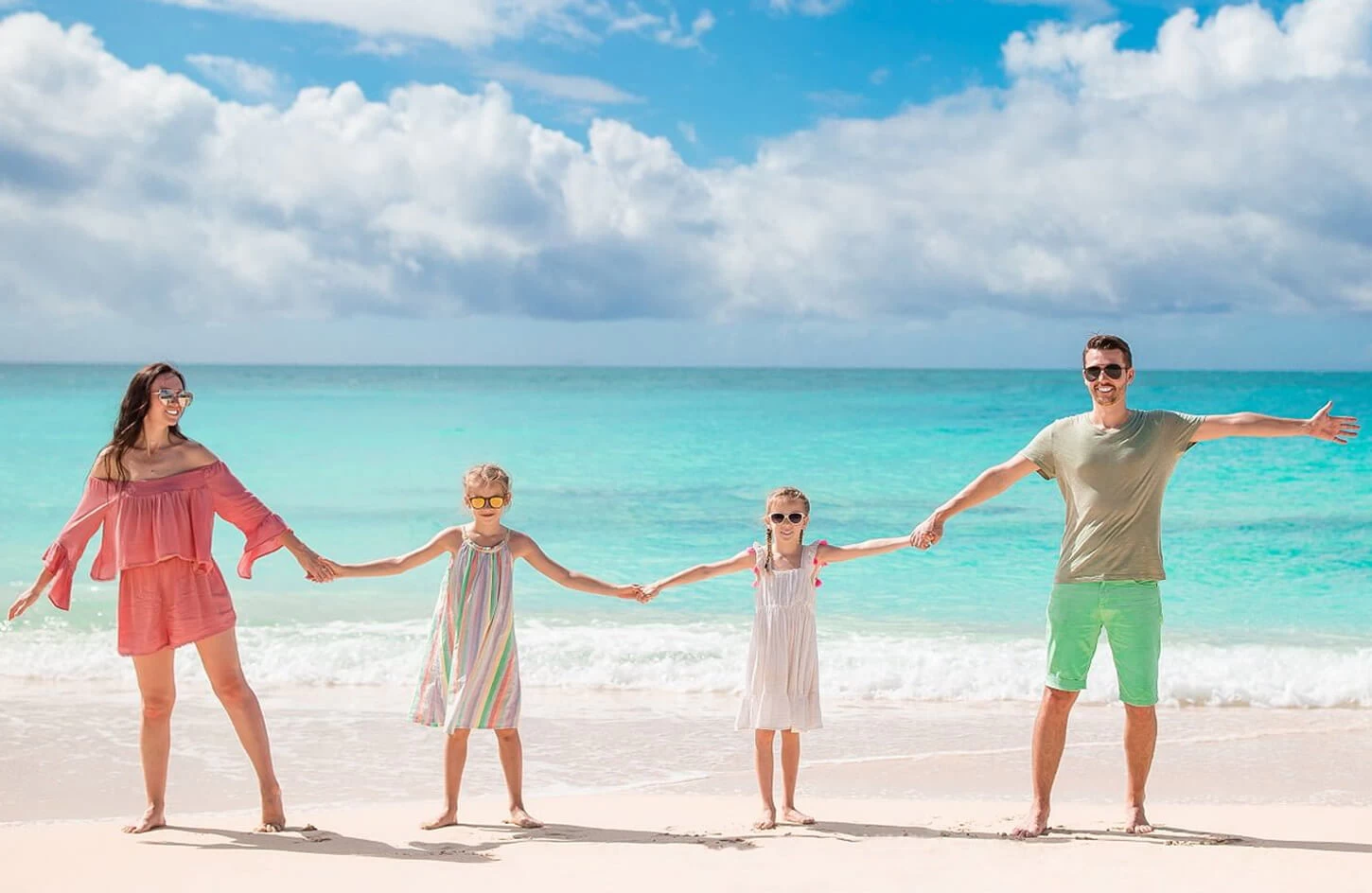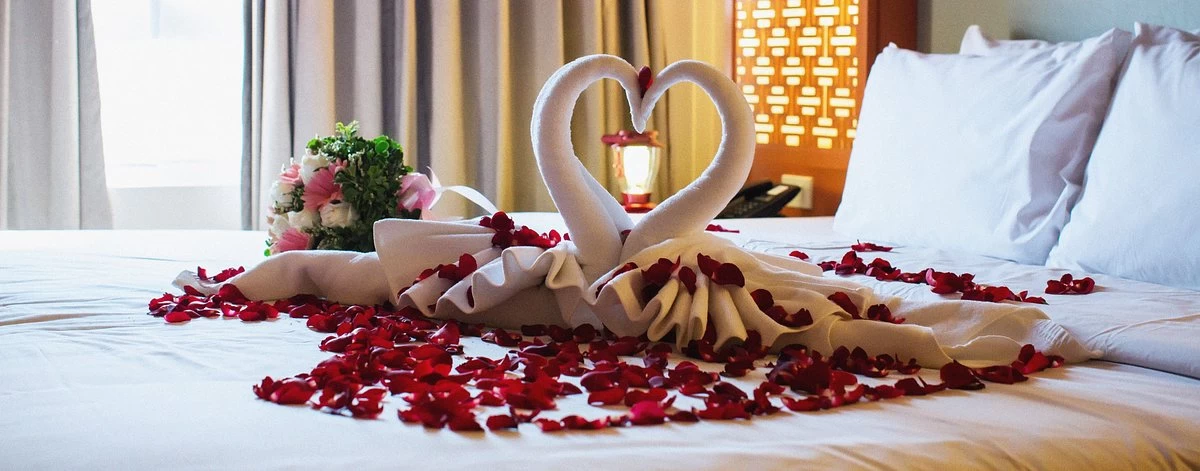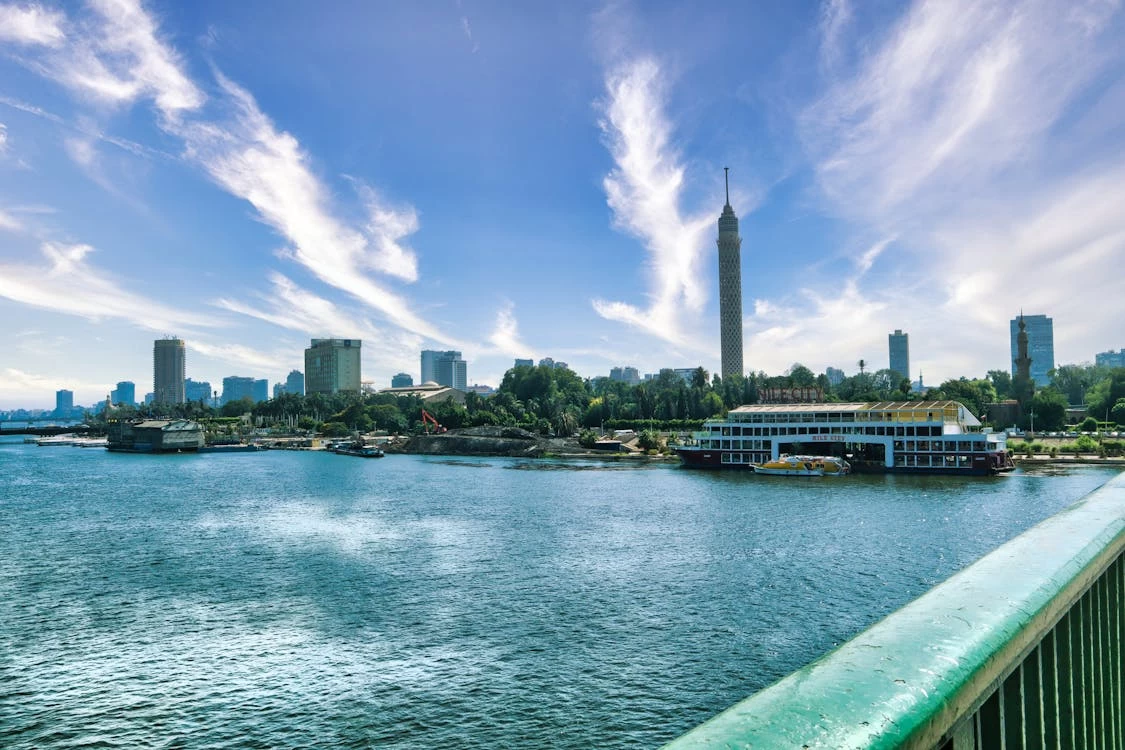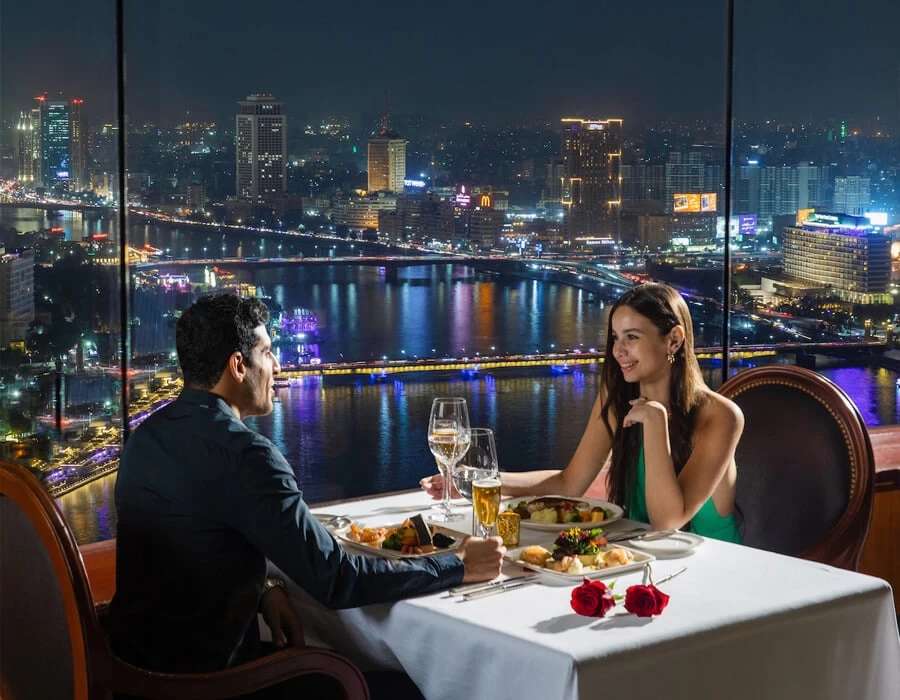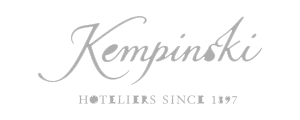Memphis ancient city
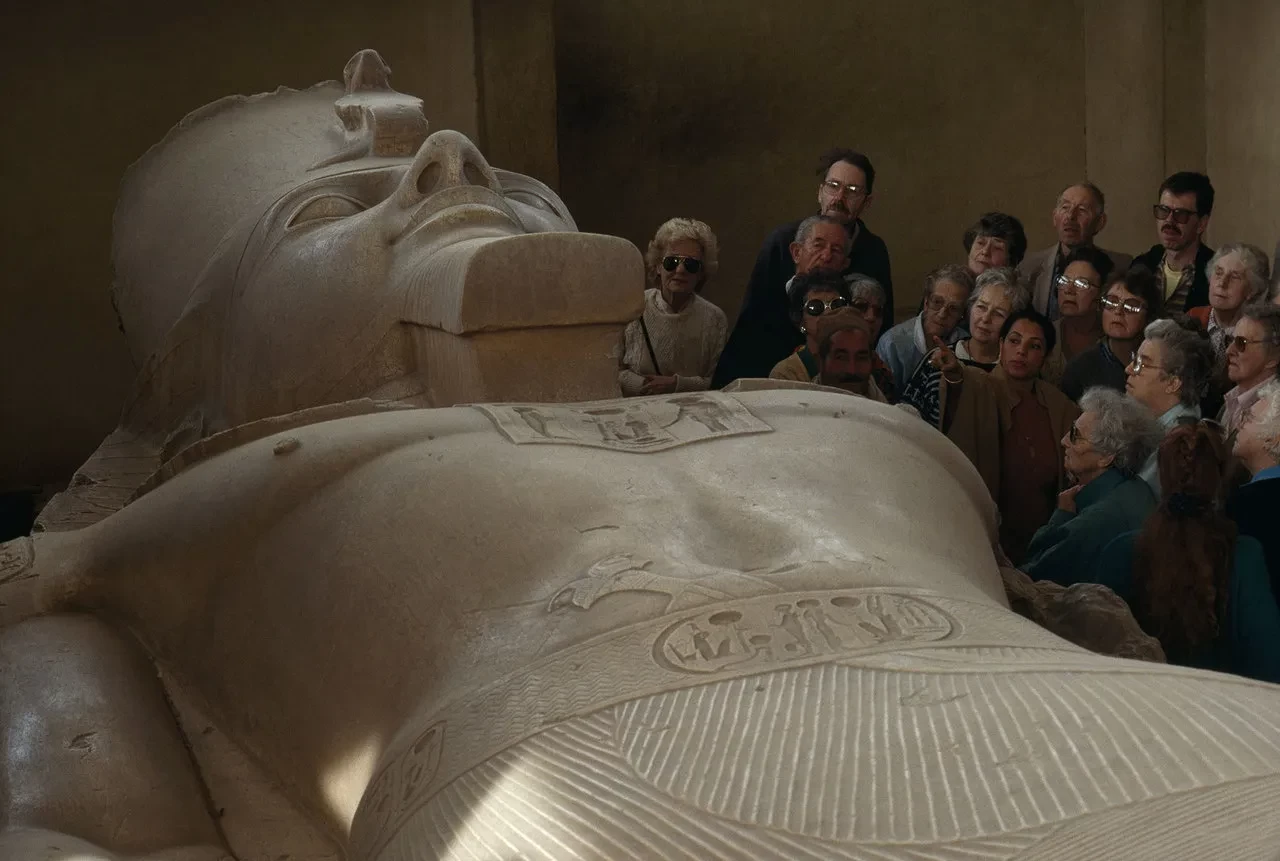
The history of Memphis ancient city
Memphis was one of the most important cities in early civilization and the first capital of ancient Egypt, located close to present-day Cairo. Founded about 3100 BC by King Menes, it was an important center in the unification of Upper and Lower Egypt, preparing the ground for pharaohs rule. Memphis was founded at the entrance to the Nile Delta and quickly rose to prominence as a hub for trade, administration, and religion, earning the moniker "the Balance of the Two Lands." Grand palaces, tall temples, and bustling marketplaces drew artisans, merchants, and aristocrats from all over the ancient world to Memphis when it was booming. It was also a sacred city of Ptah, god of creation and craftsmanship, thus making it a major religious center.
Although centuries of erosion and invaders have left much of Memphis in ruins, it is still one of the major attractions in Cairo for those wishing to learn about the origins of Egypt. Most importantly, Memphis played a very active role in shaping much of Ancient Egyptian civilization, as witnessed from its architecture and even religious practices. With this positioning, it became important in trade within the lands surrounding it, which later enhanced its cultural diversity. Memphis is a must-see location for any history buff on Egypt day tours because it still has remnants of its former splendor, including the largest statue of Ramses II and the alabaster Sphinx.
Discover the secrets of Memphis
Visiting this once-great capital is still worthwhile during your tour in Egypt The most famous antiquity there is the Colossus of Ramses II, a gigantic limestone statue that stood taller than 10 meters. The effort and strength of one of Egypt's greatest pharaohs were reflected in this figure, which was covered in numerous carvings. Near it stands the Alabaster Sphinx of Memphis, which is a finely sculptured limestone statue of about 80 tons and is supposed to represent either Queen Hatshepsut or King Amenhotep II. Memphis is now scattered with temple ruins, one of which comprises the remnants of the Temple of Ptah, considered one of the largest temples in ancient Egypt. Despite the temple having lost much of its original purpose, its foundations and artifacts tell little about the spiritual life of the city. Numerous Cairo day tours combine Memphis with Saqqara and Dahshur to show visitors how the pyramid evolved and ancient Egyptian art. Exploring these historical sites is one of Cairo's most rewarding experiences, offering a genuine window into early dynastic Egypt.
Don't miss visiting the Memphis city
Memphis is no longer a populous city, but its historical significance has not diminished. It served as a seat of power for Egypt's first pharaohs, but under the weight of their spirituality, the arts thrived significantly, an opportunity not to be missed while in Egypt. Walking around Memphis may provide insight into the origins of one of the world's most powerful civilizations, making it a must-see stop on any Egypt tour. Memphis is a place where visitors who want to learn a little about Egyptian history will be amazed by the very beginnings of it. Including the latter in your Cairo trips will definitely grant you a journey that depicts the connection between ancient ruins and Egypt's grand history. Memphis is a must-see that is teeming with history, whether you are an archaeology aficionado or just captivated by the majesty of ancient wonders. The essence of modern Egyptian life is portrayed through the ruins of Memphis and the surrounding villages, markets brimming with regional handicrafts, and rural landscapes directly adjacent to the Nile. As a result, the trip to Memphis explores more than just the past; it also presents the audience with Egypt's living legacy in the present, contrasting ancient history with contemporary culture.

